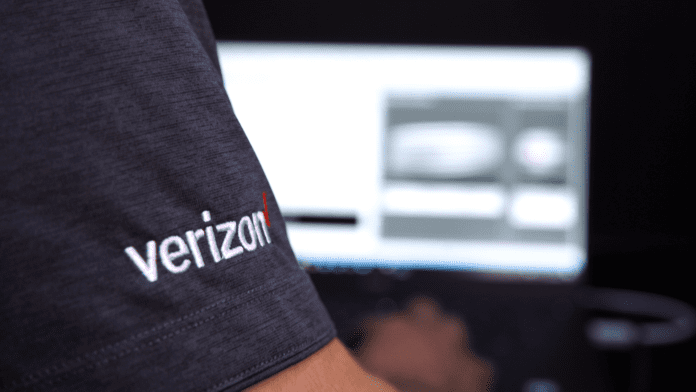Jan. 19 C-Band activation will cover 100 million PoPs with mid-band 5G
In the run up to its activation of C-Band spectrum for consumer and business services, Verizon executives discussed the network and go-to-market activities it sees as foundational to delivering differentiated, monetizable network-enabled experiences.
EVP and CTO Kyle Malady likened the process of deploying and continuing the build out of C-Band, combined with the ongoing expansion of its mmWave 5G network and construction of new fiber infrastructure, to the flywheel effect made famous in Jim Collins’ seminal “Good to Great.”
Speaking at the recent virtual Citi AppsEconomy Conference, Malady said that in 2022 “the work and the flywheel are going to continue to roll. We are going to double down and deploy as much C-Band as we possibly humanly can. Beyond that, we’re also going to continue to deploy mmWave service as aggressively as we have been over the past couple of years, where we ended [2021] with 30,000 nodes. We’ll continue to grow that. We’ll also continue to deploy our fiber…so we can support the growth of mmWave, C-Band and low-band technology. Those are three very, very fundamental things.”
To wrap up the Collins flywheel effect comparison, the author contemplated the accumulated effects of small efforts to move a large wheel ultimately combining to keep the wheel turning at increasing speed. “Then, at some point—breakthrough! The momentum of the thing kicks in in your favor…What was the one big push that caused the thing to go so fast?…It was all of [the pushes] added together in an overall accumulation of effort applied in a consistent direction.”
In terms of harnessing that network flywheel to power new monetizable services, Verizon sees big opportunity in expanding the reach of its fixed wireless access offering for both consumers and businesses in a bid to compete head-to-head with cable companies.
EVP and CEO of the operator’s Consumer Group, Manon Brouillette, said half of existing FWA customers were not previously Verizon subscribers, meaning there’s a split of upselling existing customers and acquiring new ones that could also be steered into FWA/mobile bundles. “I have a new hook, which is FWA,” she said. “I can grow my broadband base, but I can also use that to grow the mobile base at the same time. So this is the first thing to grow service revenue…And the way we look at revenue, I feel very confident.”
While Brouillette’s purview is Verizon’s consumer-facing business, the 5G-based fixed wireless access play also presents a growth opportunity for the operator’s business-facing organization. In a recent interview with RCR Wireless News, Verizon Business Group CEO Tami Erwin said 5G Business, the brand name of the FWA service, is all about “choice for customers.”
She noted that the C-Band-based FWA expansion, paired with existing national mobility distribution and leadership in every segment served, is “a natural extension” for business customers looking to bundle mobile and fixed broadband. “It really does give customers choice and value,” she said. “The other thing we’re pretty excited about in our promotion at launch is…no price increase for 10 years.”
In terms of the longer-view on 5G as a driver of digital transformation of enterprises, and source of new service revenues derived from connectivity as applied to enterprise digitalization, Malady thinks of the network as a platform to support a range of devices beyond smartphones.
“We want to see all manner of different devices, up-and-coming devices, that are connected to the network. Now they might not have the same usage profile or characteristics of a typical smartphone…We see a lot of watches, you see tablets, you see all those things, but you’ll start seeing things that get enabled by much more bandwidth and latency characteristics and compute at the edge. And you’ll start seeing things like glasses and other B2B2C-type scenarios as well as business scenarios, where it’s just — it’s revenue coming in, it’s connected to the network and, frankly, at the end of the day, we just want everything connected to our network.”

